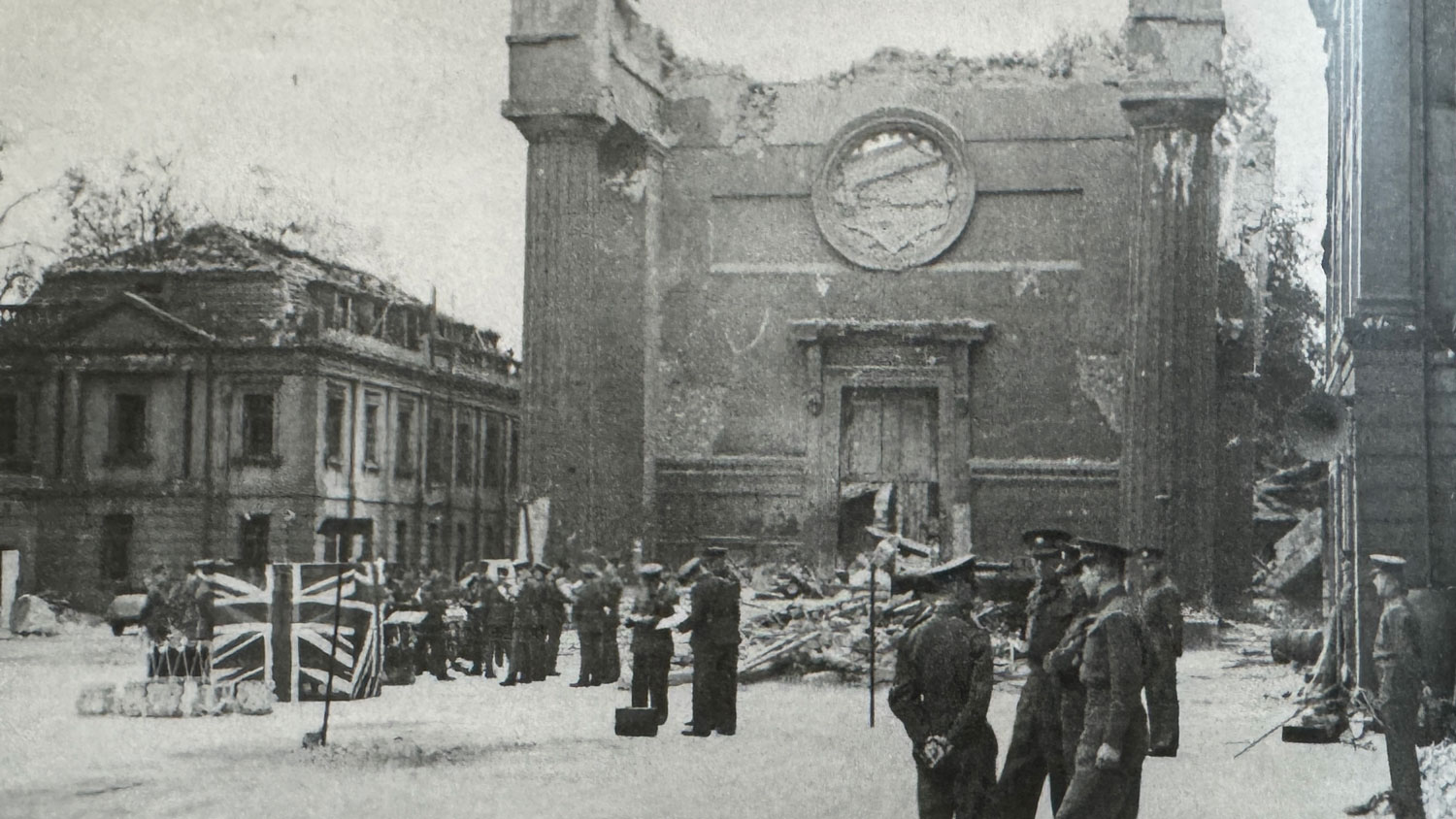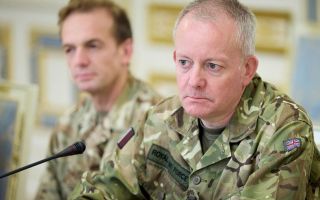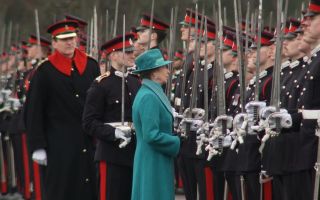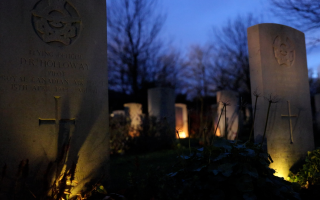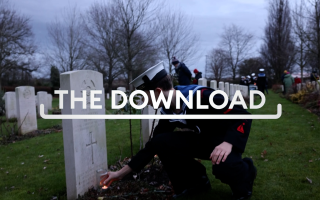V-1 bomb from Hitler's deadly campaign that destroyed the Guards' Chapel in 1944
The single deadliest attack during Nazi Germany's V-1 flying bomb campaign during the Second World War happened on 18 June 1944 at the spiritual home for the British Army's Household Division.
On that fateful day, the Royal Military Chapel at Wellington Barracks in London (also known as the Guards' Chapel) was struck during a Sunday morning service, leaving 121 dead and seriously injuring more than 100 worshippers in the chapel.
A mixed military and civilian congregation had gathered for the Sunday service when, shortly after 11:00, the V-1 flying bomb nose-dived into the roof of the building on the western end.
- The strategic assault on Sword Beach that helped change the course of WW2
- How a British veteran turned falconer foiled Nazi Germany's sneaky recruitment plans
- Why historians are fighting to remember the role Britain's WW2 airfields played in victory
Those killed included the Director of Music and five musicians from the Band of the Coldstream Guards.
About 30,000 V-1 flying bombs were launched on London in the weeks following D-Day.
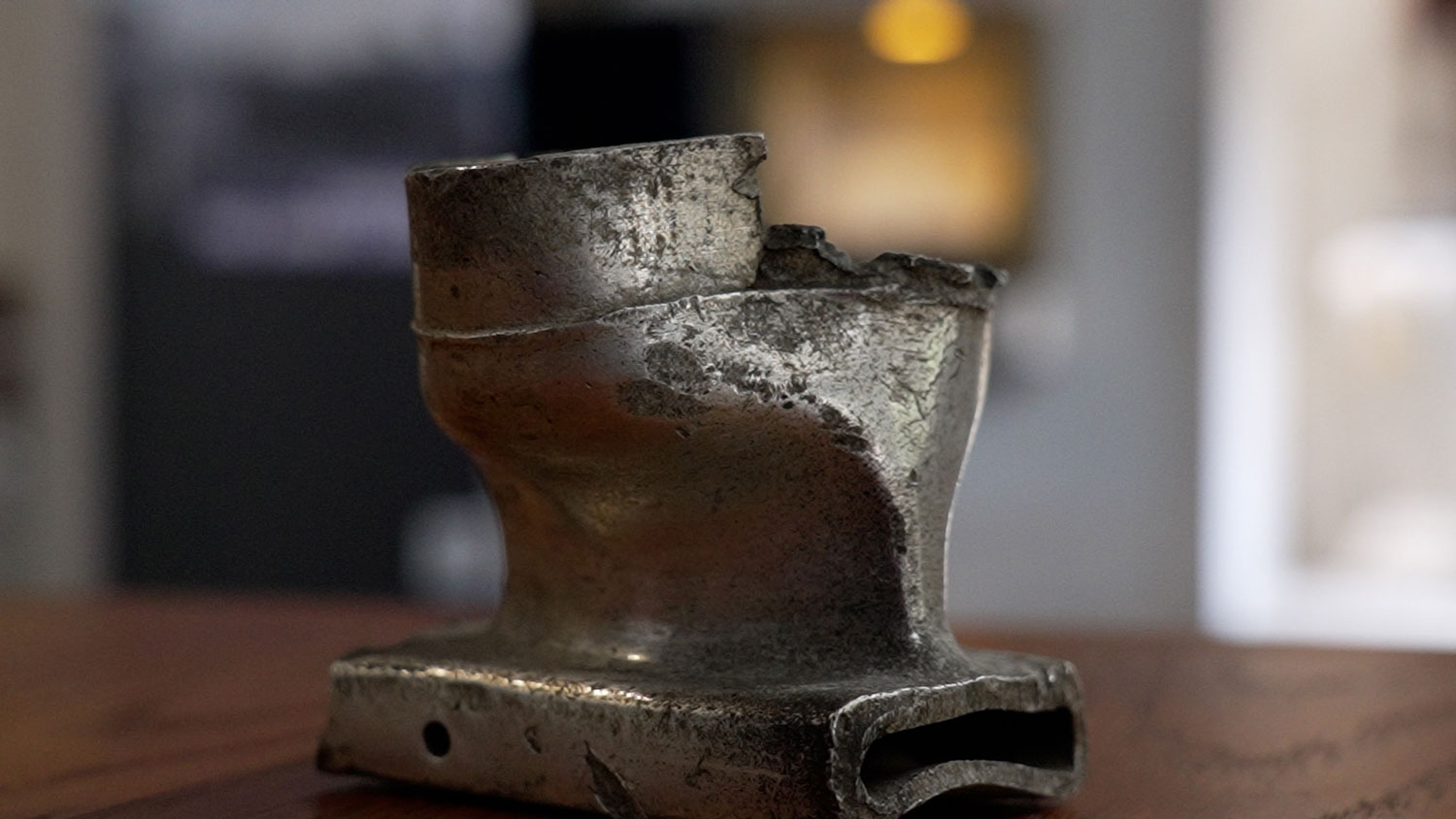
Lee Murrell, a curator for The Guards Museum, told BFBS Forces News: "The V-1 itself was a flying bomb, one of the first cruise missiles, and it was one of Hitler's weapons that he hoped was going to win the Second World War for them."
They were known as vengeance weapons.
He added: "Their aim was to strike terror into the people of London, to shatter morale and to hopefully bring about an advantageous end to the war for Germany."
The direct hit caused huge damage to The Royal Military Chapel (better known as The Guards' Chapel), a short walk from Buckingham Palace.
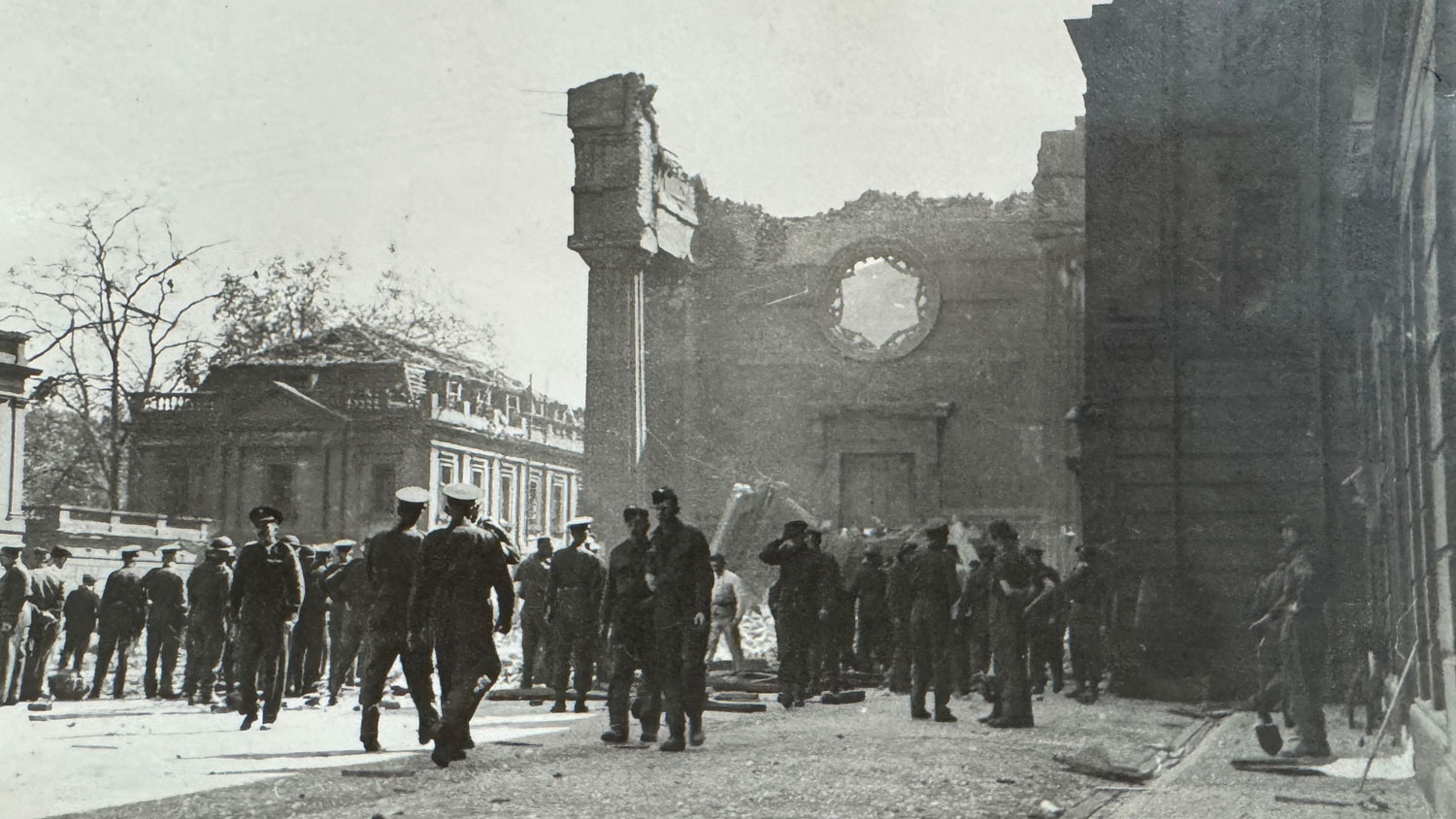
The chapel was also frequented by the royal family, says chaplain to the Household Division, Reverend Alexander Bennett.
"We also know that members of the royal family used to come to the chapel (and still do), and, on the day, the then young Princess Elizabeth didn't come to the chapel," he said.
"But we do know that she did, throughout the war, occasionally come on Sunday mornings."
The chapel was destroyed in the blast except for the apse, a semicircular, arched recess, at the eastern end.
Six silver candlesticks were unmoved by the explosion and their candles remained burning.
The only person not to be hurt was the Bishop of Maidstone, who was conducting the service at the altar, within the apse.
The chapel was eventually rebuilt after the war, with the new one incorporating elements of the original structure that survived the blast.
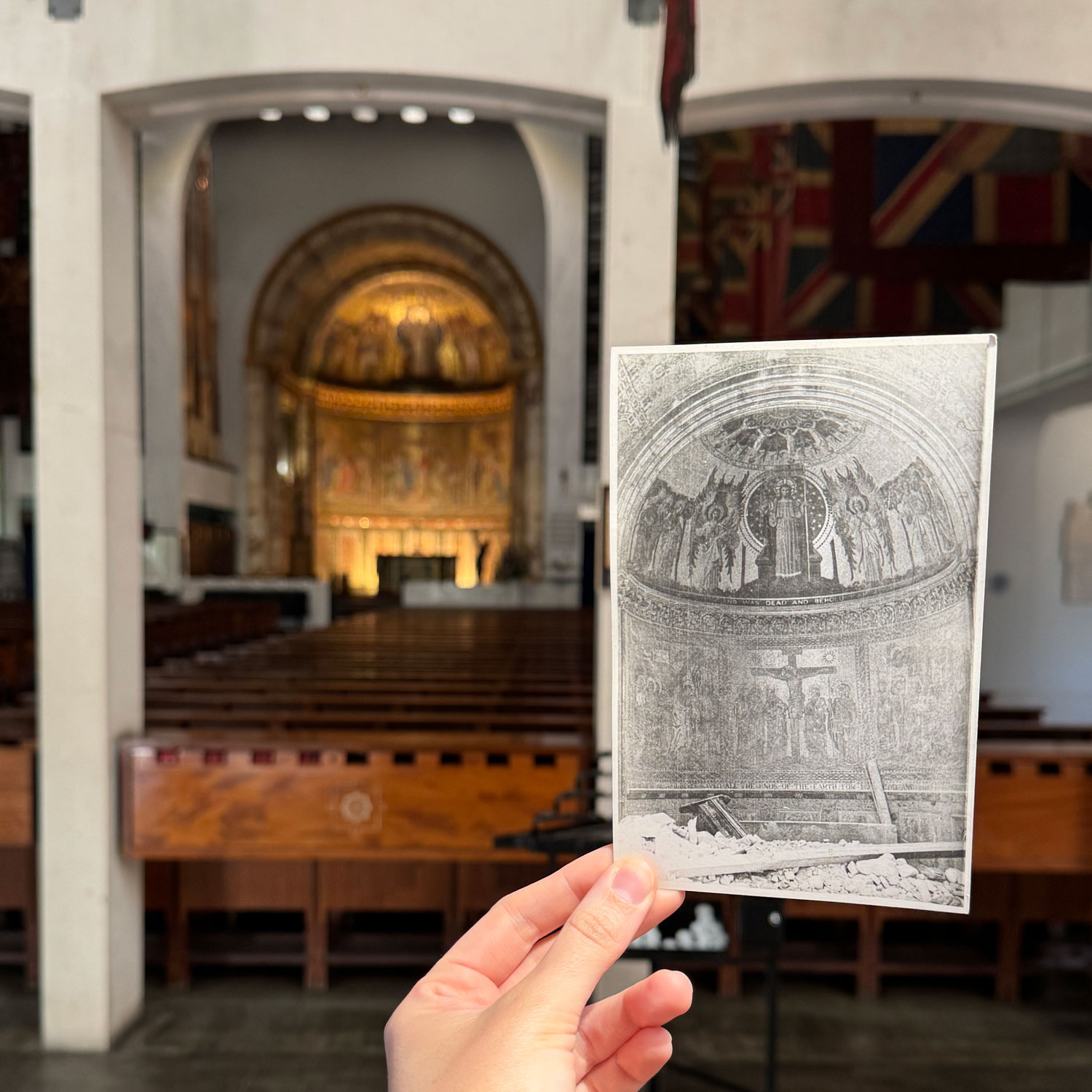
The original apse remains intact, Reverent Bennett tells BFBS Forces News: "You see a very stark contrast between the east end of the chapel here, where the high altar is and this beautiful Byzantine-style mosaic and then a modern chapel in this very, very strong white marble.
"The cross was given to the original chapel in 1900.
"The six silver candles were given to the chapel by King George IV in 1938."
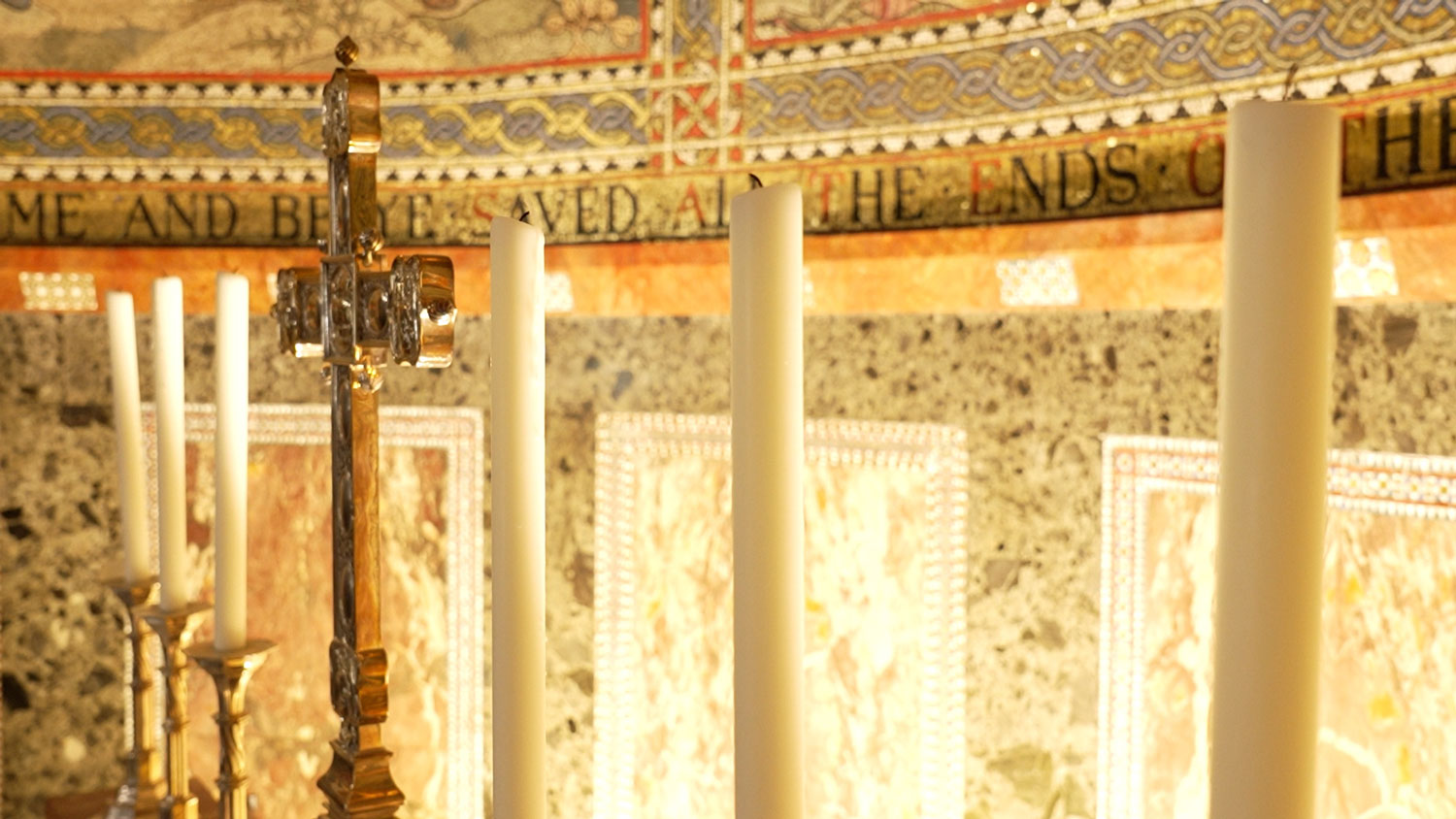
Reverend Bennett says the candles symbolise "hope and resurrection" despite the devastating tragedy of that day.
The chapel itself also serves as a memorial to those who lost their lives in the attack, as Reverend Bennett explains, saying: "This memorial is built on the remains of the many thousands of memorials that were in the original chapel.
"So we're very much standing on the memory of the sacrifice of those who have gone before us here."
